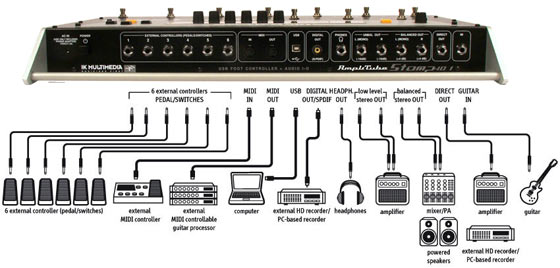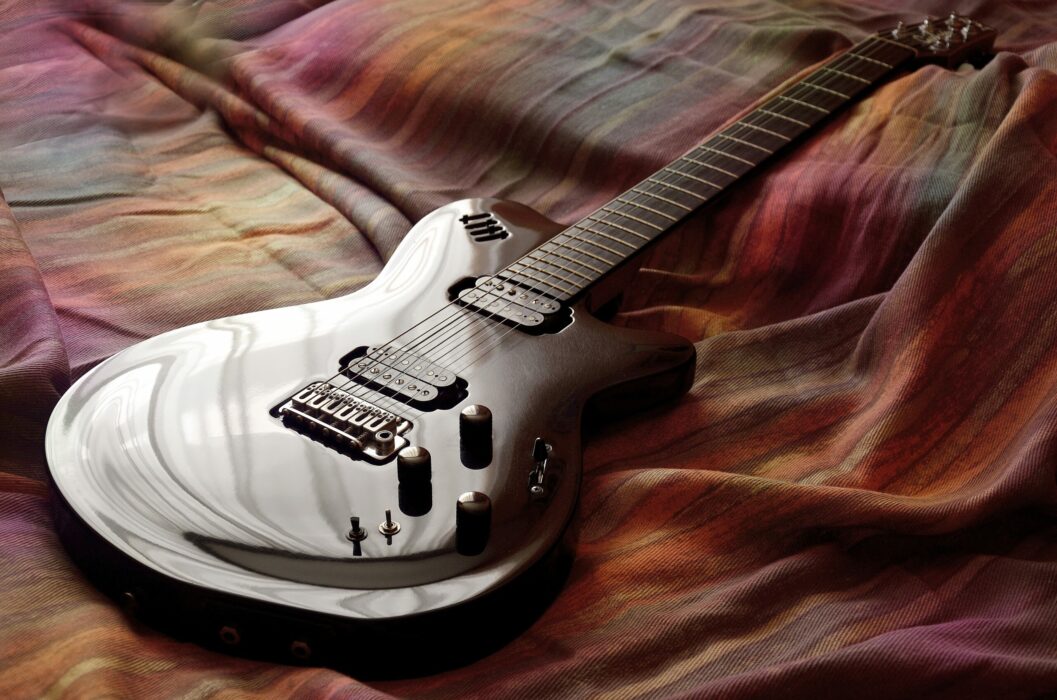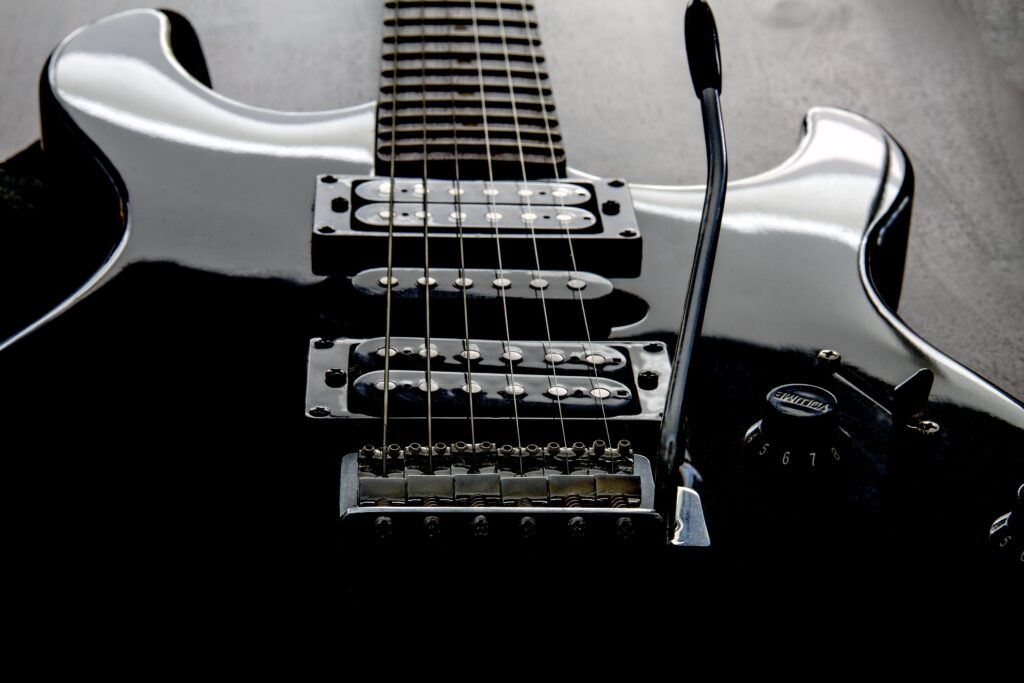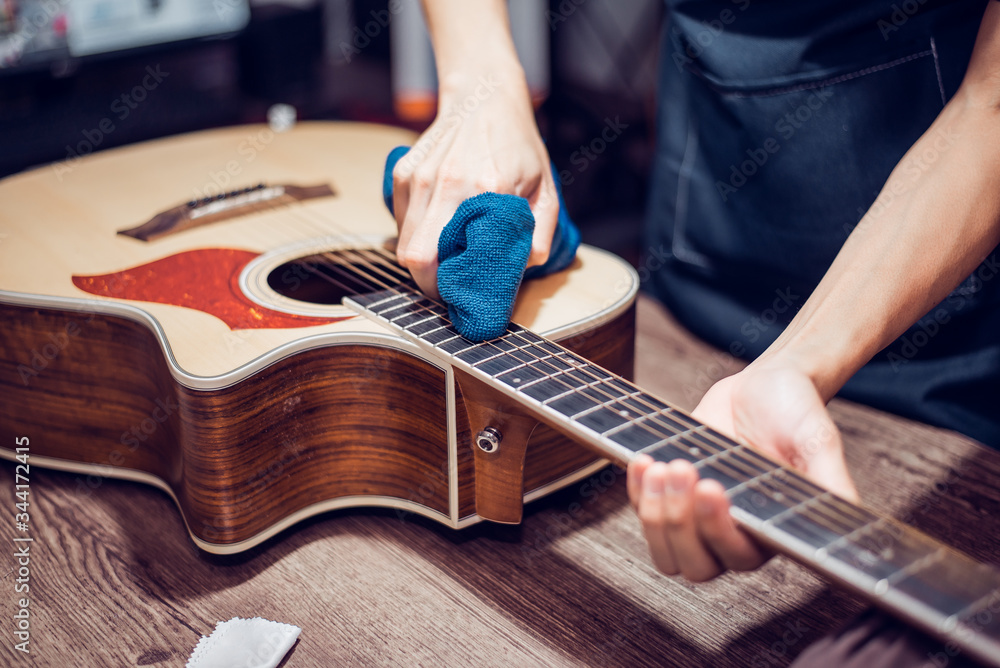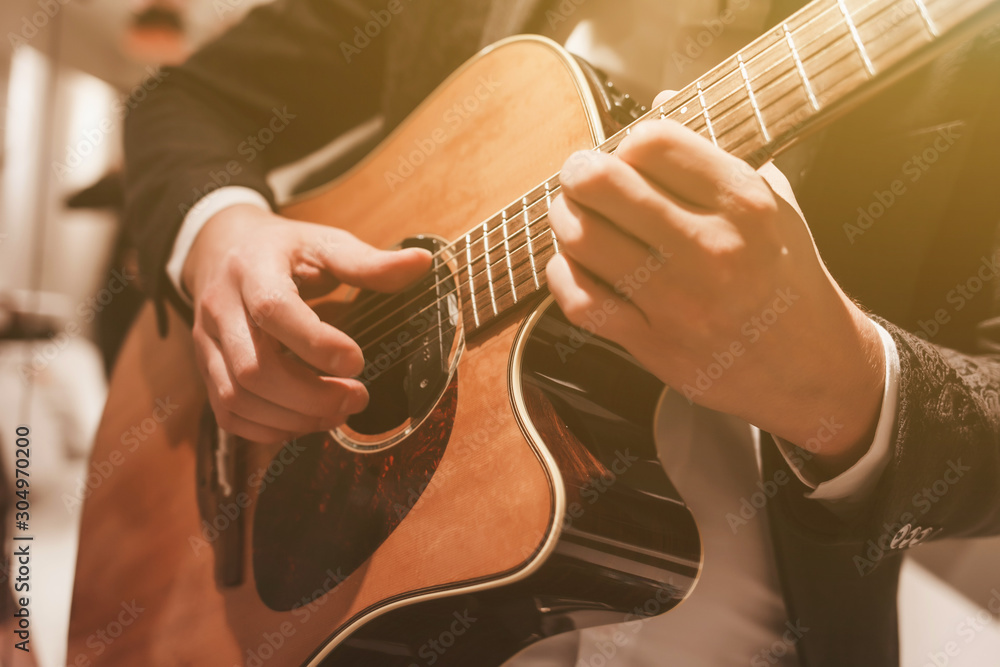Congregating in large numbers at a public entertainment event does not turn everyone on. Some prefer partying in small groups. Also there are those who like both.
For small parties, the response ability towards organizing the event falls on the shoulders of few or some of the party ensemble. This includes the music as well. Whilst some go for no sound setup, some go for a mega extravagant extravaganza. For some, their mobile music player does the job, and also there are those who have silent or wireless headphones parties.
The detail to which one goes in organizing this can vary in relation to one’s taste, ability and availability. Experience here too, makes a difference. One can make a number of key errors right from not carrying a wire to being stuck in a place with no electricity. One will be surprised to understand how the nature of our forgetfulness works. In time, one can become a pro at doing this and that too without any hassle.
Here are some guidelines for an average sound setup i.e., a set of speakers, an amp, a mixer and 2 CD players/CDJs/laptops. One can go through it before a party/event to make sure everything is on board. Also one can add to this list as per the setup.
- Check if the venue has stable continuous electricity supply. If there are electricity issues, carry a generator which has enough voltage for your setup.
- Test the sound! Test the equipment before taking it to the venue. Not tested not regularly used speakers/amplifier/CD player/wires/switchboard/chargers could lead to a dull party. Test it by operating each part of the setup. Check both channels; check the max output ability of the speakers and also the bass treble response if you want things perfect. Test each knob, figure which does not work or has issues to avoid goofups later. Don’t spend too much time doing this and miss the party.
- Wires, Those black metal connectors are more crucial then they appear. Especially for those seeking quality, a compromise on this could mean a major step back from the aspired. If one can have a spare set of wires set aside for parties nothing like it. The main thing is to have uncut, preferably thick wires with non bent connectors. Make sure you got the right wires. Absence of a wire could reduce the hi-tech gear into boxes.
- If one is accustomed to it, visualizes the setup. It can help a great deal in not missing out on any part of the setup.
- Do not destroy your speakers or your ears. Bad sound can be caused either by maxing your master output or volume knob, overpowering the bass and treble on the speakers, playing bad quality music, etc. Keep it medium when it comes to fixing the audio output. If you need more sound try to get a setup suited for the same. Over working the speakers will make it loud but will compromise on clarity.
- And last but not the least Don’t forget it’s a party
